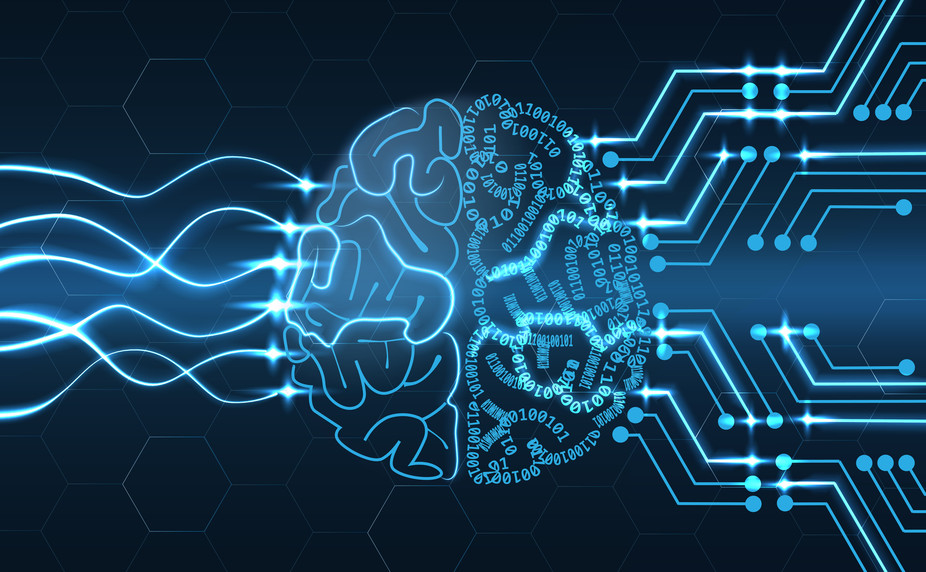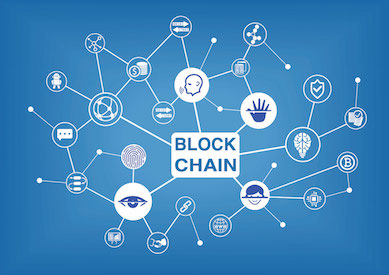Unmanned Grocery Stores

These days grocery stores are facing many challenges, like high maintenance costs, price competition with online stores, and limited business hours. All of these issues can be solved with unmanned grocery stores.

These days grocery stores are facing many challenges, like high maintenance costs, price competition with online stores, and limited business hours. All of these issues can be solved with unmanned grocery stores.

When we think of artificial intelligence at its peak, we usually think of one of two things: humans and robots coexisting happily together in society, or robots killing or enslaving humans. These are both very human things to want to do, and we have a storied history of doing both. These thoughts, or perhaps expectations, are informed by us, and the society we live in. As we develop artificial intelligence, we become robot parents, and we teach to our programmed children what we know.
If you are building a mobile application of any sophistication, you are likely to need some services to support your app. You’ll need a way to distribute your app for testing prior to submitting to the app store(s), as well as analytics, error logging, crash reporting, and possibly user and data management services. Of course, you could write these services yourself and provision servers to host these services, but why do that when you don’t have to?

Your company needs a mobile app and you want to save money (of course). You want the app live last week, and you’d really like to avoid hiring Android and iOS devs on top of your existing web team.
In light of these considerations, going the hybrid route looks like a pretty good option. Hybrid mobile apps promise to be cheaper and faster to develop, and they’re built with tried and true technologies like Javascript, HTML, and CSS. The hybrid sales pitch can be summarized as “one codebase for multiple platforms”. Hybrid platforms include React Native, PhoneGap, Ionic, Titanium, and others.

To understand the answer you must first understand the question… Really we should first take a look at what might be considered the base technologies in the “realities” world. Before the the term, Mixed Reality, came up in what some assume might have been concocted in a marketing meeting we primarily talked about two other technologies.

What’s your favorite chocolate chip cookie recipe? I bet you could ask that question to 5 different people and get 5 totally different recipes… brown sugar vs white sugar, cake flour vs all purpose, dark chocolate vs milk chocolate. All of these recipes result in a chocolate chip cookie but the process by which we get there is a matter of personal preference. If you were to ask multiple developers to solve a problem, it’s doubtful that any two developers write identical code. It’s not that any one solution is necessarily better than the others… the resulting code is likely just a matter of personal preference.

The term blockchain has been floating around both the tech and finance communities a lot in recent years. But what is blockchain?
Blockchain is a digital ledger of all transactions across a peer to peer network. Each user in the network will have a full copy of the whole blockchain, which includes data of all transactions. Let’s say a user wants to pay another user. He would encrypt the transaction and broadcast it to the network. The transaction gets put into a new block. The ledger is maintained by miners, who work to approve the transaction and validate it using cryptographic techniques. Then the block is added to the blockchain.

The Wright brothers could not have imagined that their visionary insight would help man fly faster than sound just a few decades later. Aeronautics made great strides in the early 19th century, and the war time efforts during World War I and World War II pushed aircraft design and manufacturing to new heights.

Overstuffed View Controllers: a problem that is universally despised by iOS developers the world over. Who hasn’t had their eyes glaze over while staring down debugging a 3000 line VC? View Controllers can control so much information, and Apple seems to have very few opinions on where specific logic should go. They give us the decision making power. How can we prevent against this annoying problem and modularize our apps better? Model–View–View Model (MVVM) can certainly help with this, but ultimately leaves routing to View Controllers, which doesn’t make the most sense. This is where a Coordinator comes in.

Grio has adapted the Agile methodology to our consulting business; and one of our most valued “ceremonies” is the retrospective. We keep these meetings open to all, and the notes from these meetings are in a shared folder for everyone at Grio to read.
Despite having access, I found them “gathering dust” so to speak, and decided to dig through the entire folder to track Grio’s ability to implement the changes proposed and avoid the pitfalls of previous projects. We’re genuinely asking ourselves, “Are we serious about learning from mistakes?”
I’ve explored the overall process of my research here, and have presented the findings in depth to our entire team. There’s some good news, and some work to do; but we’re happy to see that our efforts have created tangible benefits to our team, our clients, and our bottom line.
We’re asking ourselves:
“Are we serious about learning from mistakes?”